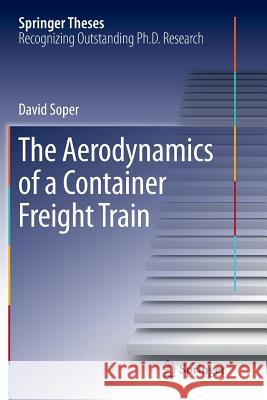The Aerodynamics of a Container Freight Train » książka
topmenu
The Aerodynamics of a Container Freight Train
ISBN-13: 9783319814759 / Angielski / Miękka / 2018 / 287 str.
The Aerodynamics of a Container Freight Train
ISBN-13: 9783319814759 / Angielski / Miękka / 2018 / 287 str.
cena 576,96 zł
(netto: 549,49 VAT: 5%)
Najniższa cena z 30 dni: 574,29 zł
(netto: 549,49 VAT: 5%)
Najniższa cena z 30 dni: 574,29 zł
Termin realizacji zamówienia:
ok. 20 dni roboczych.
ok. 20 dni roboczych.
Darmowa dostawa!
Kategorie:
Kategorie BISAC:
Wydawca:
Springer
Seria wydawnicza:
Język:
Angielski
ISBN-13:
9783319814759
Rok wydania:
2018
Wydanie:
Softcover Repri
Ilość stron:
287
Waga:
0.46 kg
Wymiary:
23.39 x 15.6 x 1.75
Oprawa:
Miękka
Wolumenów:
01
Dodatkowe informacje:
Wydanie ilustrowane











